
Learn more about the history. Visit the Museum of History and Ethnography in Sighnaghi.
The Museum of History and Ethnography in Sighnaghi is known for its rich collection of archaeological materials. Found household and cultural objects, whose age dates from the Stone Age to the first century BC, are exhibited here. There is also an exhibition of sixteen paintings by Nino Pirosmanishvili in the great hall of the museum.
Address:Sighnaghi,Tsaritsy Tamara St., No. 1
In 1770, Tsar Irakli II introducedSighnaghi in the list of cities. At the same time, a wall-fortress more than 5 km long appeared on an area of 40 hectares, which could accommodate the entire population of Kiziki. The wall-fortress had 23 towers and 8 gates. It was uninterrupted and is one of the largest among the historical structures of Georgia.
The chronicler describes Sighnaghi: "A previously existing small settlement that had a small wall-fortress." The word "Sighnaghi" means "refuge", "trench". Due to its attractive geographical location, Sighnaghi is one of the notable tourist centers of Georgia.
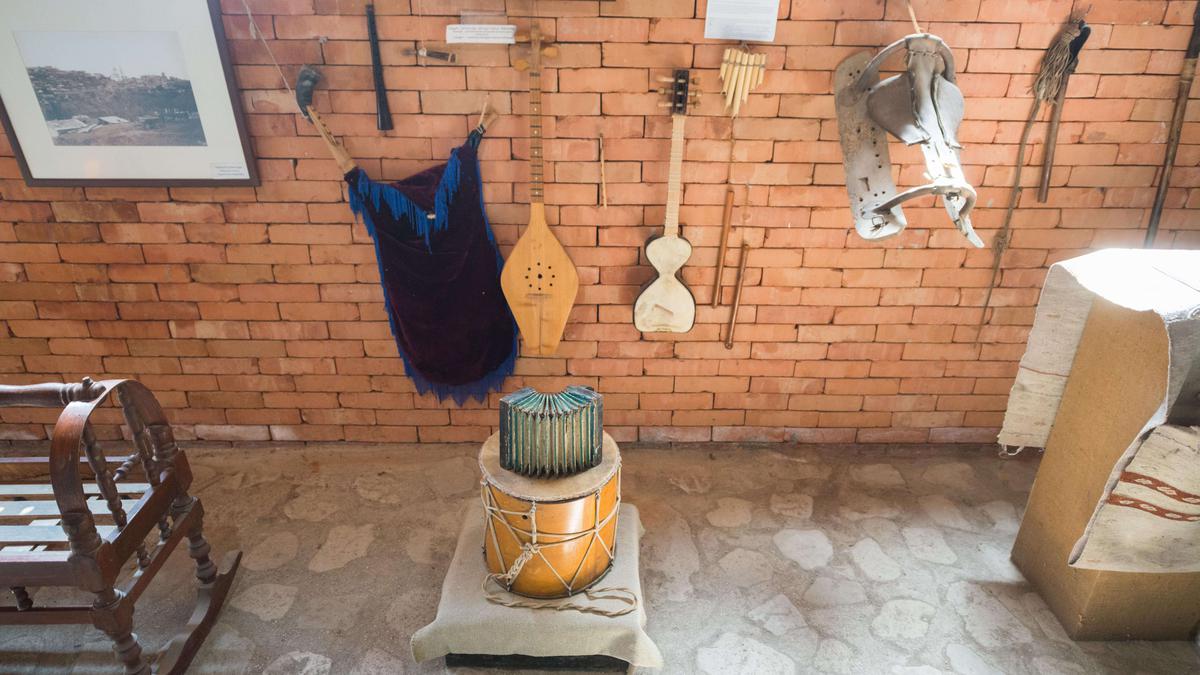
The museum presents an archaeological exhibition. Intensive archaeological excavations in Kakheti have been conducted since the 1960s.
Household and religious objects have been discovered, ranging from the Stone Age to the 1st century BC. Most of them are exhibited in the Signagi Museum. The exhibition presents archaeological material from the 4th to 18th centuries of the eastern province of historical Georgia, from the cities of Kukheti, Kakheti and Hereti, Ujarma, Areshi, Cheremi, Thunder and others.
The museum was founded in 1959, and in 2007 it was already presented in a completely updated and modern form. In the large hall 16 paintings by Niko Pirosmanishvili are exhibited.
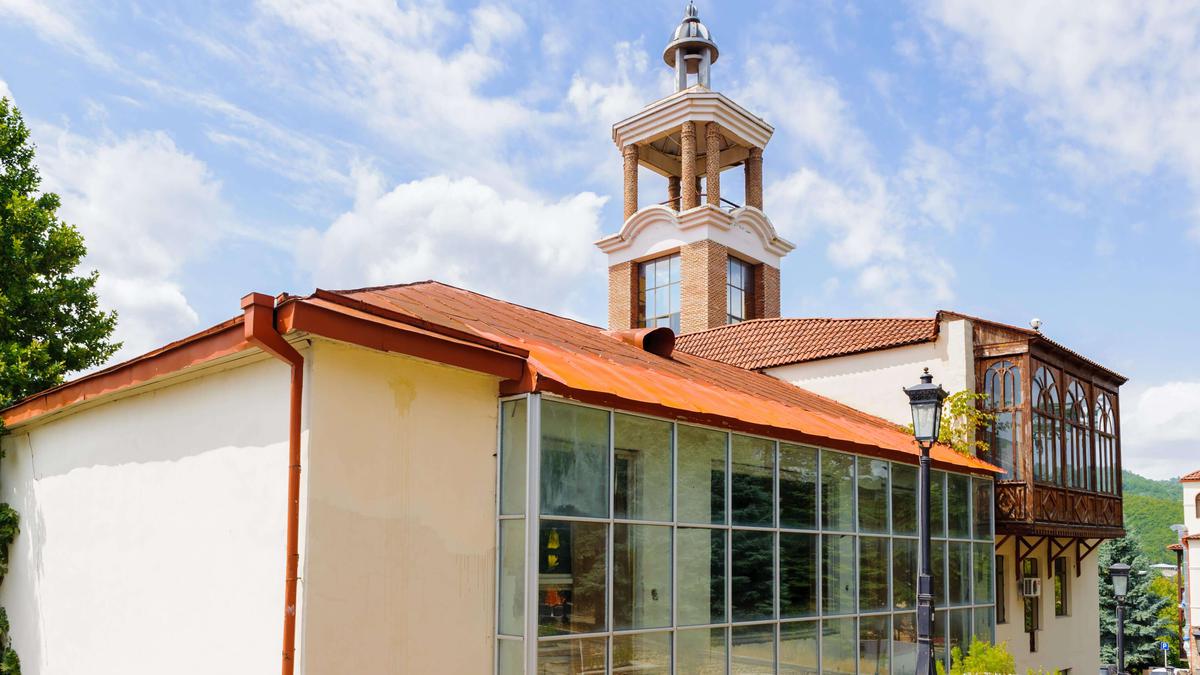
Museum of History and Ethnography in Sighnaghi is one of the most popular museums in Georgia, famous for its rich collection of archaeological materials. It presents various household and cultural items that were found during archaeological excavations, ranging from the Stone Age to the first century BC.
The museum was founded in 1959, and after extensive restoration in 2007, it was presented in an updated and modern form. The museum exposition includes archaeological material from the 4th-18th centuries of the eastern province of historical Georgia, from the cities of Kukheti, Kakheti and Hereti, Ujarma, Areshi, Cheremi, Gremi and others.
One of the most interesting exhibits of the museum is the wall-fortress, which was built during the same period when King Erekle II included Sighnaghi in the list of cities. This wall-fortress is more than 5 km long and has an area of 40 hectares, which made it possible to accommodate the entire population of Kiziki. The fortress wall had 23 towers and 8 gates and is considered one of the largest historical structures in Georgia.
Sighnaghi has a rich history, which is reflected in its architectural and cultural landmarks. In 1770, King Erekle II listed Sighnaghi as a city, and at the same time, the fortress wall appeared. This fortress wall is a wonderful example of medieval architecture and was built to protect the city from external enemies.
Due to its attractive geographical location, Sighnaghi is one of the most popular tourist centers in Georgia. The museum presents various exhibitions, including an exhibition of paintings by the famous Georgian artist Nino Pirosmanishvili. It is located in the large hall of the museum and represents 16 paintings. Nino Pirosmanishvili was one of the most famous Georgian artists of the 20th century. His works are distinguished by their original style and technique, as well as a special perception of the world. Pirosmanishvili's paintings are considered unique and their value is very high on the world art market. His works are in the best museums of the world, as well as in private collections.
In addition, the Museum of History and Ethnography in Sighnaghi has exhibitions dedicated to archaeological finds made in Kakheti. The exhibition presents cult and everyday objects found in these places and dating from the Stone Age to the 1st century BC. These are very valuable artifacts that help to learn about the life of the ancient inhabitants of the region.
One of the most significant and interesting exhibits of the museum is the sword of King Erekle II, which dates back to the 18th century. This sword became a symbol of courage and struggle for freedom of the Georgian people. King Erekle II was one of the most outstanding rulers of Georgia, who strengthened and expanded the borders of his country and protected it from external enemies. The sword of this king became a symbol of the rich history of Georgia and its people. The Museum of History and Ethnography in Sighnaghi is also an important place to study Georgian culture and traditions. The exhibition features household items, national costumes, jewelry, religious artifacts and other items that help to understand how Georgian ancestors lived and what values they had. In addition, here you can learn about the history of Georgian cuisine and try traditional dishes.
A visit to the Museum of History and Ethnography in Sighnaghi will be a real discovery for anyone interested in the history and culture of Georgia. It presents a rich collection of archaeological materials, including household and religious items found from the Stone Age to the 1st century BC.
The museum was founded in 1959, and since then it has been constantly replenished with new exhibits. In 2007, it was completely renovated and re-equipped in accordance with the most modern requirements. It is located in a building built in the early 20th century and is a landmark of Sighnaghi.
One of the most impressive exhibits of the museum is the collection of antique jewelry, which is a unique artifact that recreates the life of ancient Georgians. In addition, the museum displays household items, furniture, clothing and weapons that reflect the life of the Georgian people over many centuries.
Visitors will also be able to enjoy an exhibition of paintings by the famous Georgian artist Nino Pirosmanishvili. Sixteen of his works are on display in the large hall of the museum. Pirosmanishvili was one of the most prominent representatives of Georgian painting, and his works are now in museums around the world.
However, the Museum of History and Ethnography in Sighnaghi is not just a place where you can look at old objects, it is a place where you can learn about the life of the Georgian people, their culture, customs and traditions. In addition to exhibitions, the museum also hosts events dedicated to the history and culture of Georgia, such as lectures, concerts, master classes, etc.
The museum is located in a historical building that was built in the early 20th century and is one of the most interesting places in the city. The museum building is famous for its architecture, which is a combination of Eastern and Western styles. It was built in 1913 for the famous Georgian industrialist and philanthropist Nikolai Margvelashvili. The Museum of History and Ethnography in Sighnaghi is a real treasure that holds many interesting exhibits. Here you can see various archaeological finds, including ancient coins, jewelry, weapons and household items that date back to the 4th millennium BC to the beginning of our era. These exhibits tell the story of ancient Georgia and its culture.
One of the most interesting exhibits of the museum is the collection of Georgian ethnography, which includes many household and cultural items used in various regions of Georgia. Here you can see traditional Georgian clothing, jewelry, dishes, tools, furniture and much more.
Particularly noteworthy is the collection of items related to winemaking, as Kakheti is a famous wine-making region of Georgia. Here you can see various tools for wine production, ancient bottles and jugs for storing it, as well as many other interesting items related to winemaking.
The museum also has a collection of items related to ceramics and pottery, which are among the oldest arts in Georgia. Here you can see unique examples of Georgian ceramics that were found during archaeological excavations.
A separate hall of the museum exhibits a collection of paintings by Nino Pirosmanishvili, a famous Georgian artist who lived in the early 20th century. Nino Pirosmanishvili was self-taught and created many paintings depicting animals, landscapes and scenes from everyday life in Georgia. Her style is characterized by simplicity and spontaneity, as well as the use of bright colors and graphic elements.
The collection of Pirosmanishvili's paintings in the Signagi History and Ethnography Museum is one of the largest in the world and consists of more than 200 works by the artist. These paintings have become an important part of Georgia's cultural heritage and have a significant influence on contemporary Georgian artists.
In addition, the Signagi History and Ethnography Museum hosts various cultural events such as concerts, theater performances, lectures and master classes. These events are intended to draw attention to Georgia's rich cultural heritage and to promote its preservation and promotion.
One of the most popular exhibits of the museum is the exhibition of archaeological finds, which tells about the life and everyday life of the ancient inhabitants of Georgia. This exhibition includes household items, tools, jewelry, ceramics and other artifacts that were found during archaeological excavations in different regions of Georgia.
The museum also has a collection of national costumes, which allow visitors to learn more about the traditional culture of Georgia. These costumes reflect the centuries-old history of the people of Georgia and their rich cultural heritage.
It is important to note that visiting the Museum of History and Ethnography in Sighnaghi is an excellent opportunity not only to learn more about the culture and history of Georgia, but also to soak up its unique atmosphere. The museum is located in the picturesque town of Sighnaghi, due to its rich history and cultural heritage, attracts tourists from all over the world. In addition, events dedicated to the culture and history of Georgia are held here.
One of such events is the Wine Festival, which takes place in the city every autumn. At the festival, you can taste a variety of wines produced in the Kakheti region, which is considered one of the main wine-making centers of Georgia. In Sighnaghi, you can also visit the fortress, which was built in 1762 and is one of the main attractions of the city.
The Museum of History and Ethnography in Sighnaghi not only presents a rich collection of archaeological materials, but also serves as an important point where you can immerse yourself in the cultural and historical heritage of Georgia. In the museum, you can learn about the history of the region and its population, about the lives and traditions of the people who have lived here for many centuries.
In addition, the museum is an important research center where archaeological and ethnographic research is carried out, aimed at studying and preserving the cultural heritage of Georgia.
Overall, visiting the Museum of History and Ethnography in Sighnaghi is a great way to get acquainted with the culture and history of Georgia, as well as spend an interesting and educational time.
--------------------------
We encourage our readers to leave their comments and ask questions under our articles. Your opinion is important to us, and we would like to hear what you think about what we publish.





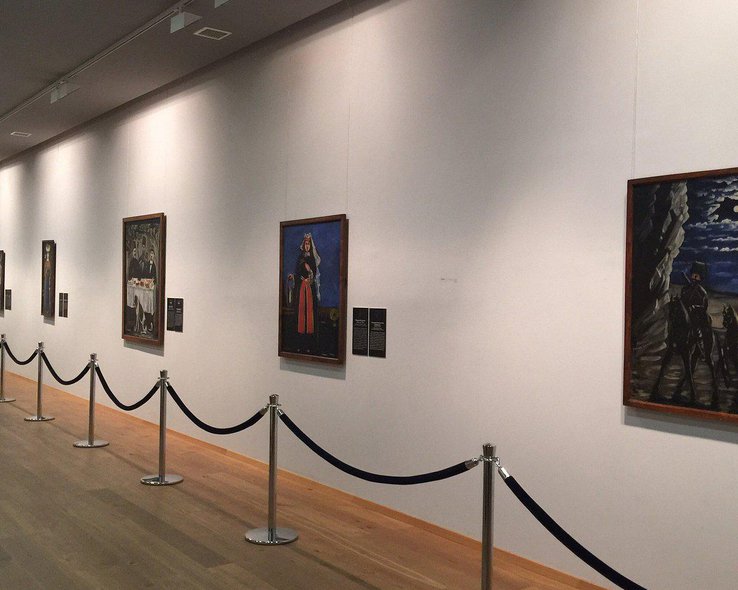
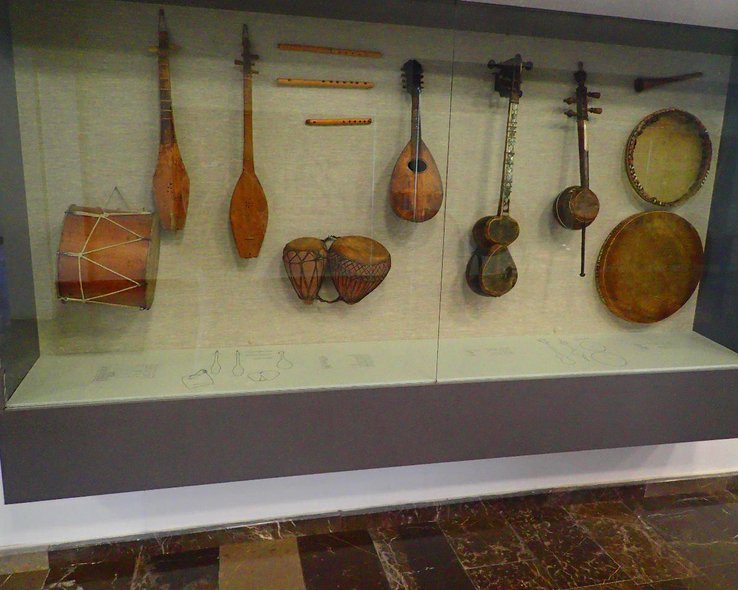
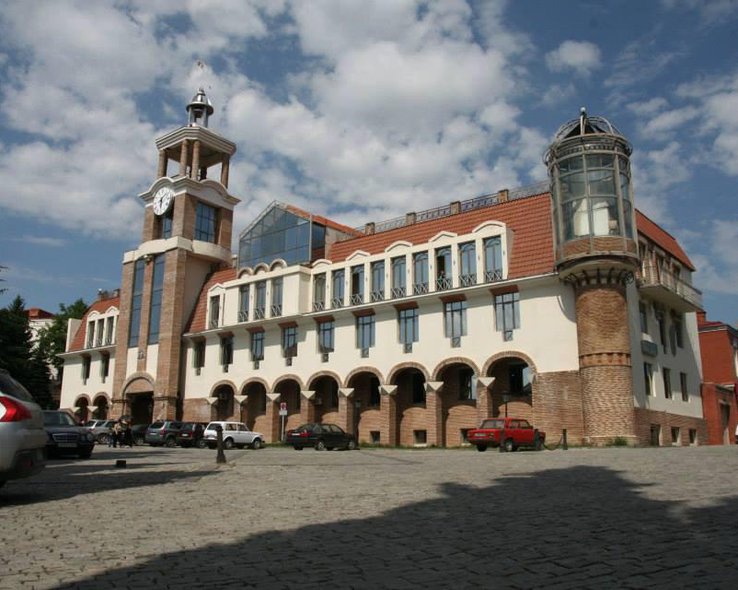
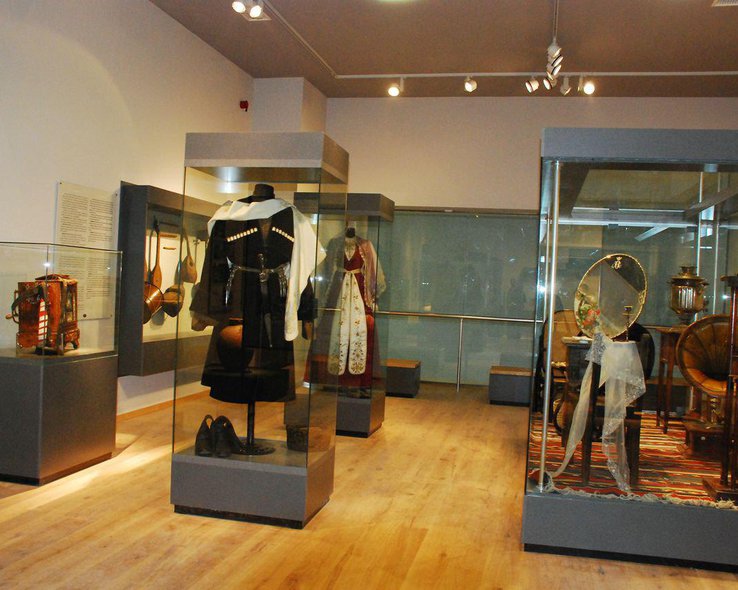

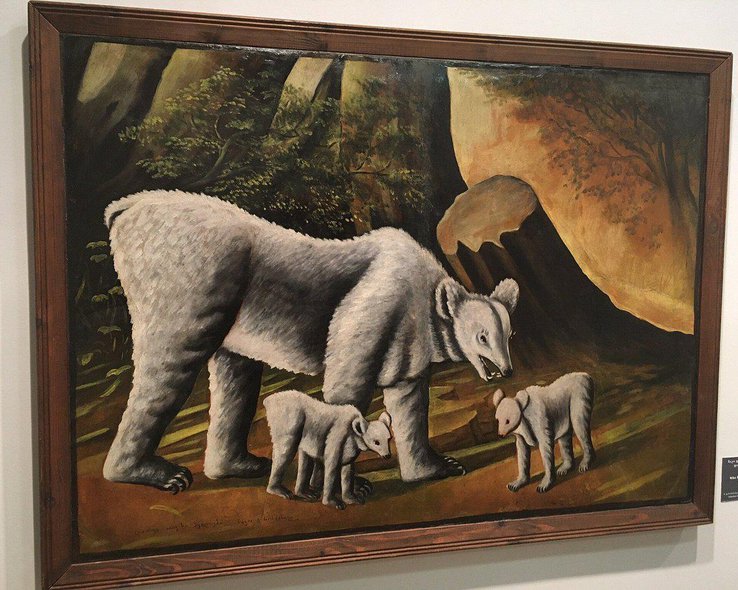
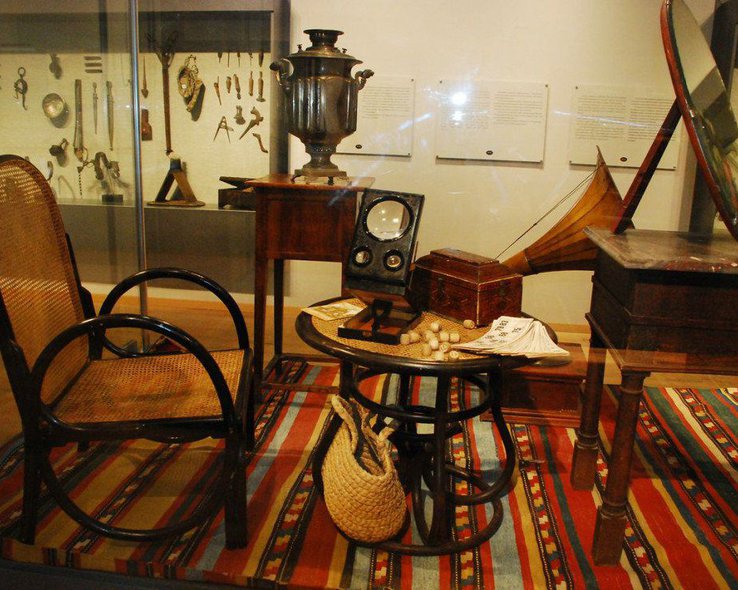
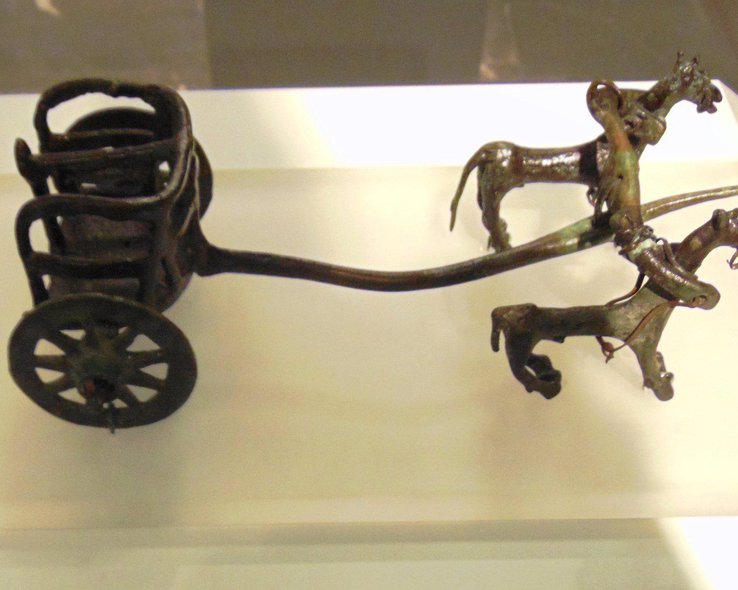

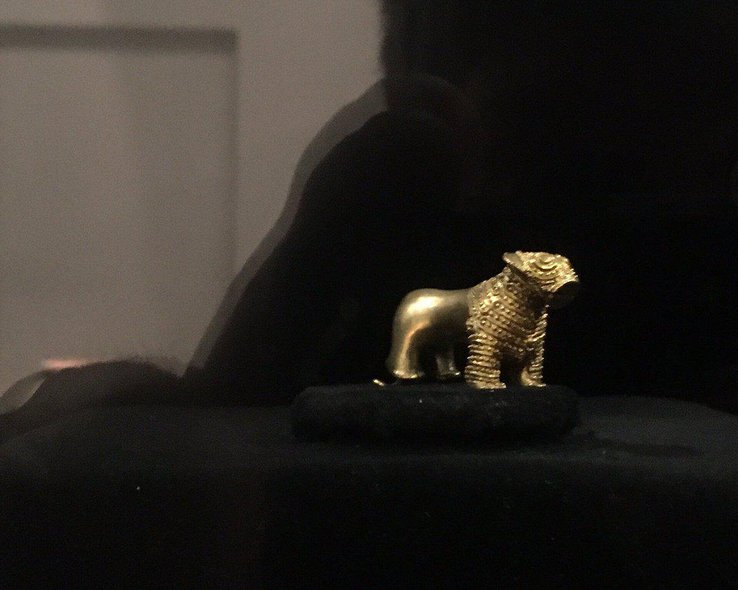
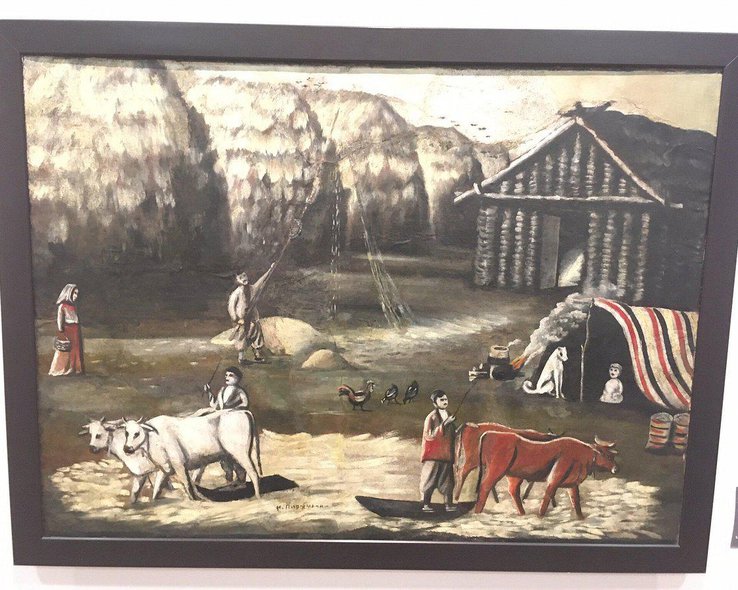
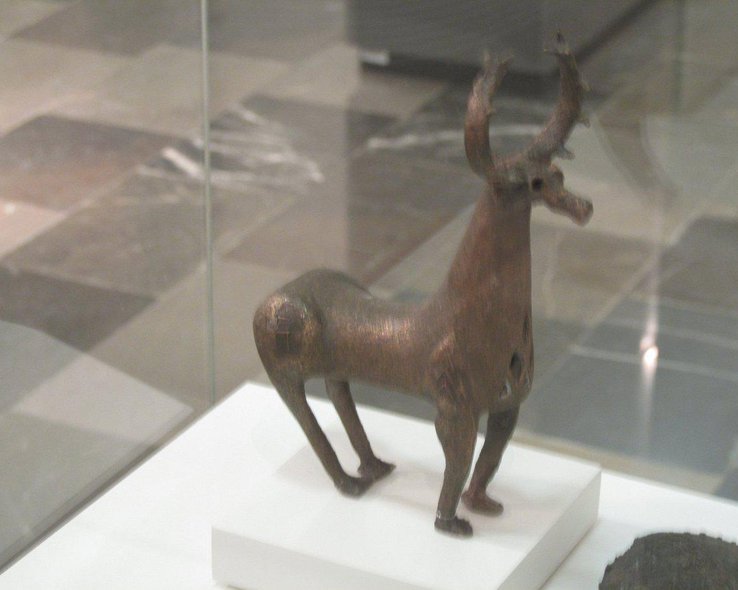
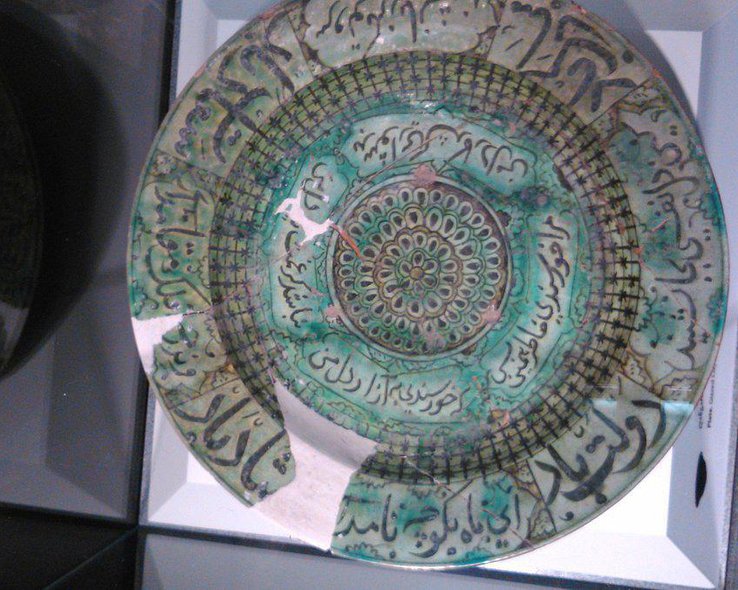



34 comments
Log in to leave a comment
Подробнее на Отзовик:
https://otzovik.com/review_5444714.html